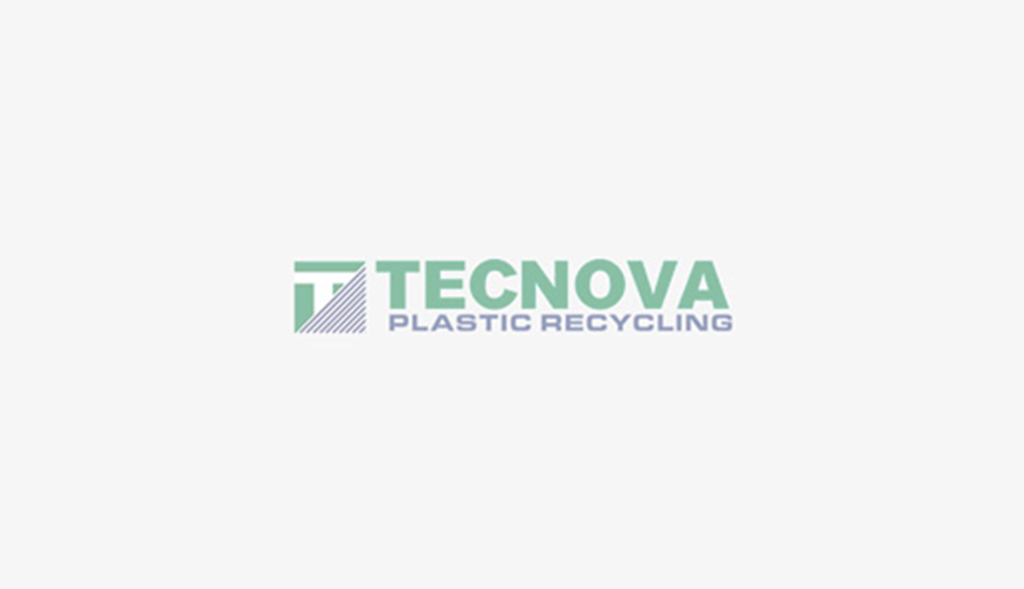-
Plastic Extrusion Machinery and Processes
Its continuous operation facilitates high-volume output, making it especially suitable for meeting d...
-
Plastic Extrusion Machines
What Are Plastic Extrusion Machines How to Use a Plastic Extrusion Machine For which pr...
-
TECNOVA Complete Plastic Recycling Plants
TECNOVA, a leading company in the sector of plastic recycling plants, continues to consolidate its p...
Extrusion lines for plastic recycling
Extrusion lines for plastic recycling are specialized machines used to transform post-consumer or post-industrial plastic waste into reusable materials.
These lines are an essential component of plastic recycling facilities and play a crucial role in processing and repurposing plastic waste efficiently. Here's a detailed overview of extrusion lines for plastic recycling:
1. Working Principle:
- Extrusion is a manufacturing process that involves melting and shaping plastic materials into a continuous profile. In the context of plastic recycling, extrusion lines perform the following steps:
- Plastic waste is first collected, sorted, and cleaned to remove contaminants like labels, adhesives, and dirt.
- The cleaned plastic waste is then fed into an extruder, which is a machine that uses heat and pressure to melt the plastic.
- Once melted, the plastic material is forced through a die, which imparts the desired shape to the material. This can result in various forms, such as plastic pellets, sheets, or rods, depending on the requirements.
2. Types of Extrusion Lines:
- There are different types of extrusion lines used in plastic recycling, each suited for specific applications. The two primary categories are:
- Single-Screw Extrusion: This is the most common type of extrusion process. It uses a single rotating screw to transport, melt, and shape the plastic material.
- Twin-Screw Extrusion: Twin-screw extruders have two screws that rotate in tandem. They are highly versatile and can handle a broader range of materials and recycling processes.
3. Materials Processed:
- Extrusion lines for plastic recycling can handle a wide range of plastic materials, including polyethylene (PE), polypropylene (PP), polyvinyl chloride (PVC), and others. The suitability of a particular material for extrusion depends on its melting point, viscosity, and other properties.
4. End Products:
- The end products of extrusion lines can vary based on the specific requirements and applications. Some common products produced through extrusion in plastic recycling include plastic pellets, sheets, pipes, and profiles. These recycled materials can be used as raw materials in various industries, such as packaging, construction, and automotive manufacturing.
5. Benefits:
- Extrusion lines for plastic recycling offer several advantages:
- Resource Conservation: They help conserve resources by reusing plastic waste, reducing the need for virgin plastic production.
- Energy Efficiency: The energy required for recycling plastic through extrusion is generally lower than producing new plastic from raw materials.
- Reduced Environmental Impact: By recycling plastics, extrusion lines help minimize plastic waste in landfills and reduce the negative environmental impact associated with plastic pollution.
6. Challenges:
- While extrusion lines are highly effective, challenges in plastic recycling can arise due to the diverse types of plastics and the need for clean, high-quality feedstock. Contaminants, mixed plastics, and the need for consistent material properties can pose technical challenges.
In conclusion, extrusion lines for plastic recycling are integral to the circular economy by transforming plastic waste into valuable materials for reuse. Their versatility, efficiency, and sustainability benefits make them a crucial component of the plastic recycling process, contributing to the reduction of plastic waste and the conservation of valuable resources.
Related Posts
